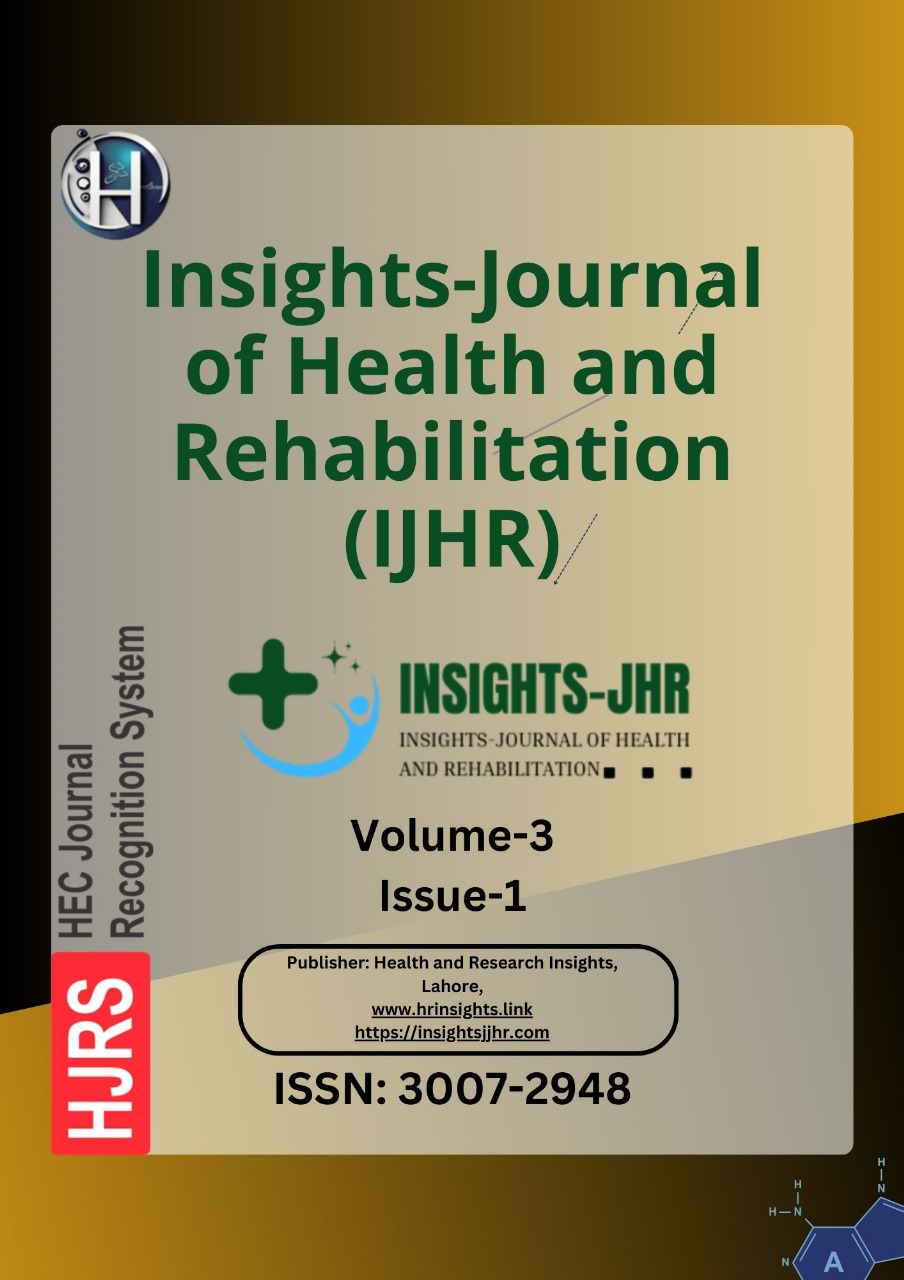SURGICAL MANAGEMENT OF A LARGE RETROSTERNAL GOITER: WHEN IS STERNOTOMY NECESSARY?
DOI:
https://doi.org/10.71000/7tq76a47Keywords:
Airway management, Goiter, Mediastinum, Multinodular goiter, Sternotomy, Surgical outcomes, ThyroidectomyAbstract
Background: Retrosternal goiters, though uncommon, pose significant surgical challenges due to their potential to compress vital mediastinal structures, leading to respiratory distress and dysphagia. While most cases can be managed through a cervical incision, a subset requires sternotomy for complete resection. The decision to extend the surgical approach depends on factors such as tracheal compression, vascular involvement, and mediastinal extension. This case highlights the indications for sternotomy and emphasizes the importance of preoperative imaging, airway assessment, and multidisciplinary management for optimal surgical outcomes.
Case Presentation: A 52-year-old woman with a history of hypertension and diabetes presented with progressive anterior neck swelling, dyspnea on exertion, and sleep disturbances. Clinical examination revealed a large, firm, mobile neck mass with retrosternal extension. Imaging confirmed a multinodular goiter extending into the mediastinum, compressing the trachea. Bronchoscopy demonstrated significant airway narrowing. Given the extent of mediastinal involvement, a combined cervical incision and median sternotomy approach was performed. The goiter was excised completely while preserving the recurrent laryngeal nerves and parathyroid glands. The patient tolerated the procedure well, with no postoperative complications, and was discharged in stable condition.
Conclusion: This case underscores the need for early diagnosis, meticulous preoperative planning, and a multidisciplinary surgical approach in managing large retrosternal goiters. While most cases can be treated through a cervical incision, sternotomy remains crucial in selected cases with deep intrathoracic extension. A comprehensive strategy incorporating imaging, airway evaluation, and intraoperative nerve preservation plays a pivotal role in ensuring favorable outcomes.
Downloads
Published
Issue
Section
License
Copyright (c) 2025 Ahmad Farooq, Hamza Fawad, Adnan Tahir, Haroon Javaid Majid, Saqlain Ghazanfar, Khunsha Javed, Muhammad Saad Khan, Shafique ur rehman (Author)

This work is licensed under a Creative Commons Attribution-NonCommercial-NoDerivatives 4.0 International License.







